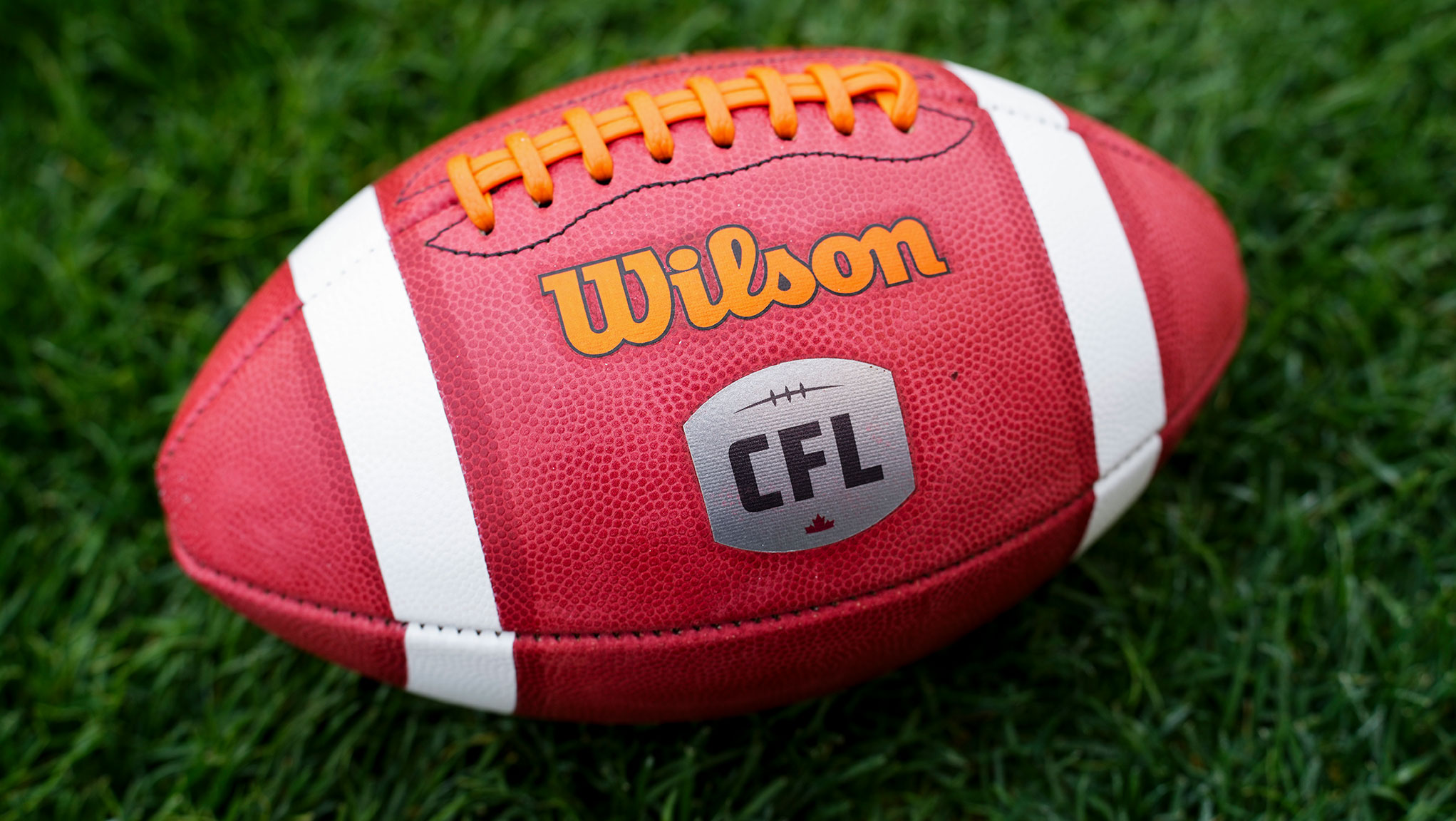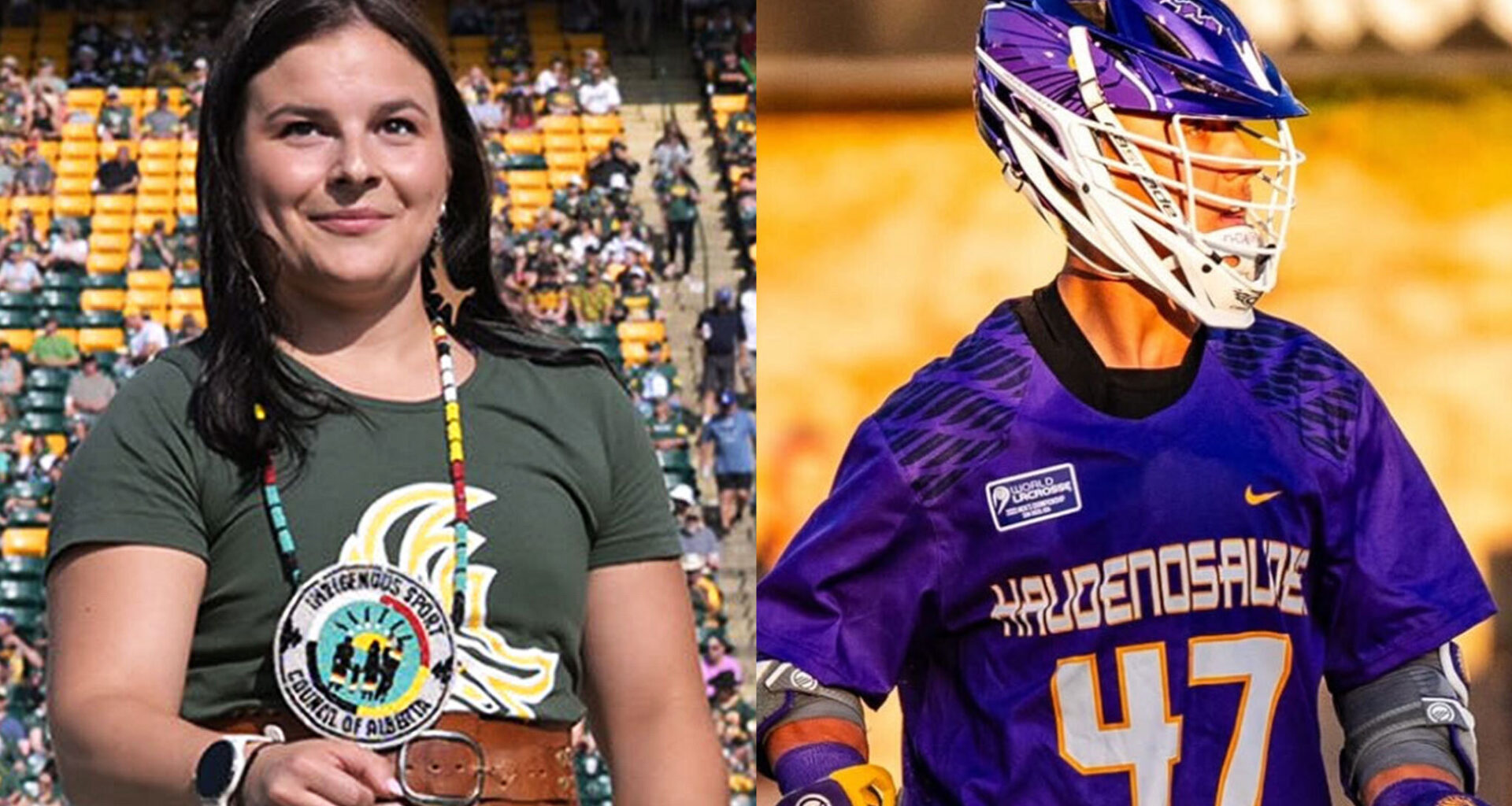TORONTO – Truth and Reconciliation is a day for reflection and learning.
This month’s edition of the Canadian Football League’s Diversity is Strength podcast, presented by Kyndryl and powered by SiriusXM, features host Donnovan Bennett in conversation with Taylor McPherson, former University of Alberta women’s wrestler, member of the Indigenous Sporting Council of Alberta, and Amazing Race Season 10 winner; Ojibwe from the Aamjiwnaang First Nation in Sarnia, Ont. and professional lacrosse player Kyle Jackson, and Misty Kolozetti, Vice-President of Operations and Brand at Canada’s Sports Hall of Fame.
Also joining the conversation is Terry Boudreau, Director & Customer Partner at Kyndryl, who shared how exploring his Indigenous roots influenced how he thinks about identity and belonging, both personally and professionally.
“I grew up in a small town in New Brunswick bordering Quebec and a large Mi’gmaq First Nations community,” said Boudreau. “As is likely the case for many Canadians with multi-generational roots, I heard early and often that some of my ancestors were Indigenous. This kept me curious about the history and the culture from a young age. I was fortunate to be exposed to the Mi’gmaq culture as a teenager through close friends that I’d made skateboarding and through school. These experiences in Listuguj have stayed with me as fond memories that I value greatly.”
DIVERSITY IS STRENGTH
» Truth and Reconciliation Hub: Stories, podcasts and more
» Diversity is Strength stories, podcasts and much more
» Listen: Diversity is Strength Conversations podcast
» Subscribe to the CFL’s newsletter for exclusive offers and league updates
Truth and Reconciliation is also an exercise in community. Exploring his ancestral roots deepened Boudreau’s will to learn more about the stories and challenges that shape Indigenous communities in Canada.
“The journey exploring my family’s ancestry and indigenous roots began later in life,” Boudreau added. “Four to five years back, thanks to the availability of historical records and a genealogy study commissioned by my uncle, I came to be aware that my family and I are in fact Metis. Confirming this has given me more sense of identity and belonging.
“It has also deepened my sense of connection to First Nations peoples and my desire to understand the goals and the challenges that First Nations peoples face today in Canada such as Truth and Reconciliation. As a professional and a Kyndryl, this influences my interest in how Kyndryl is engaging Indigenous communities, and how that will impact those communities and their goals.”
Reconnecting with one’s roots and reflecting on the meaning of Truth and Reconciliation begins with dialogue.
One of the goals of National Day for Truth and Reconciliation, says McPherson, is to bring the discussion to the forefront of people’s minds so those conversations, sometimes uncomfortable, can continue and lead to meaningful action that brings communities closer together.
“In terms of Truth and Reconciliation and when we think of those two words alone, truth always comes before reconciliation, right? Having that opportunity to share our stories, share more about our culture and our communities on TRC Day is obviously really important to our communities,” said McPherson.
“When we talk about TRC Day and that day off, I always encourage people to step out, go out into the community and participate in those TRC Day activities,” added McPherson.
“Because if kids are in school on that day, then maybe they can make their whole school day about it and learn more and really, actually take advantage of highlighting an important day and having those conversations. It is obviously really important that we are finally receiving that recognition and having those days in place, but it’s how are we continuing those conversations? How are we having those uncomfortable conversations as we’re navigating these spaces of truth and reconciliation?”

CFL, Wilson have developed customized footballs, featuring orange laces, orange Wilson branding and each club’s Indigenous logo to be used for kicking (Kevin Sousa/CFL.ca)
Jackson, meanwhile, is a professional lacrosse player, a sport invented by the Haudenosaunee people in North America, as a sacred and ceremonial game that was a gift from the Creator. Couple that with the fact that Jackson’s reconnection with his roots came later in life and you have someone who offers a unique voice to the important conversations mentioned by McPherson.
“It’s important to ultimately, kind of be a disruptor,” said Jackson. “You look at me (and) I’m a blonde-haired, blue-eyed kid. I look more Swedish than I do Native American.
“I’ve always tried to insert myself into the conversation of letting other people who do not look the particular part understand that there is an avenue for you to be indigenous more or less, and showcase that and be proud of it,” added Jackson. “Because for me, I didn’t grow up on a reserve, and I came later in life and understanding what that climate looked like, but I was always uncomfortable because I didn’t look the part, and I thought that you had to be in that position or look that same part that everybody else did. And that goes for diversity in itself, not just Native Americans.
Jackson’s experience highlights the complexity of identity and the pressure many feel to “look the part” before claiming their place in cultural spaces. His journey shows that embracing one’s heritage is not about appearance or geography but about connection, learning, and the willingness to participate. That understanding has shaped how he approaches conversations about inclusion and belonging.
“I like to be what I call that bridge for people who are very uncomfortable that naturally would not insert themselves into that conversation or that team, because they don’t look like the status quo. And I found that in doing so like Taylor has addressed, opens up a conversation for the uncomfortable, and I think that that’s where the most growth happens.”
His work as a bridge for those who feel out of place mirrors the broader movement in Canadian sport to create inclusive spaces. Jackson’s story demonstrates how representation can inspire others to engage with their heritage and step into conversations they might otherwise avoid.
That same commitment to widening the circle is echoed at an institutional level. It’s this spirit of accessibility and connection that Misty Kolozetti and Canada’s Sports Hall of Fame are embracing, ensuring that diverse stories like Jackson’s are not only celebrated but made visible for the next generation.
“Canada Sports Hall of Fame, as part of our evolution, has been about meeting people where they’re at,” said Kolozetti. “You’ve seen that expansion of accessibility to the role models that we induct into Canada Sports Hall of Fame. Our Hall of Famers often talk about the diversity and finding that representation, not just for checking the boxes, so to speak. What our commitment has been is to provide the access to that, to those role models, and to the representation that that this lovely lens of sport brings us.”
Together, these voices remind us that Truth and Reconciliation is not simply a single day of observance but an ongoing effort, one that invites Canadians to amplify stories, challenge assumptions, and create space where everyone feels they belong, including in sports.

